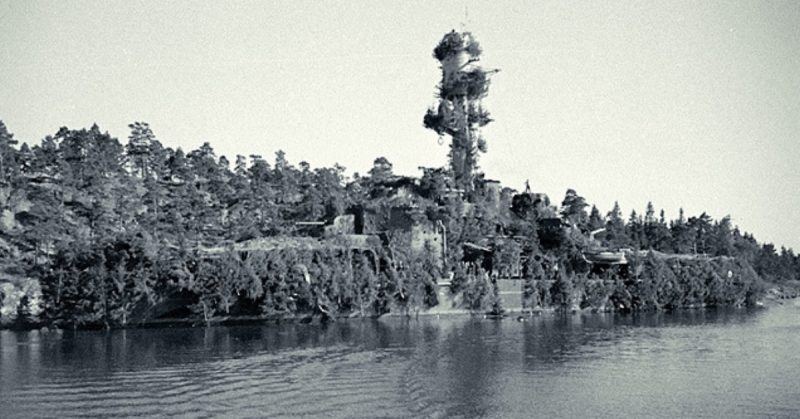The main threat of being spotted was from the air. To effectively camouflage themselves they needed to cover the entire surface area of the ship with foliage.
Camouflage for ships and other naval vessels was widely used in both the First and Second World Wars, but the crew of one Dutch ship – a Second World War minesweeper of the Royal Netherlands Navy named HNLMS Abraham Crijnssen, which was operating in the Java Sea – took the concept of naval camouflage to the next level.
They successfully disguised the ship as a tropical island and thereby escaped the Imperial Japanese Navy.
The precursor to Crijnssen’s daring plan of evasion was the Battle of the Java Sea, which was fought on February 27th, 1942. In this naval battle the Allied fleet suffered a crushing defeat at the hands of the Imperial Japanese Navy. After the defeat only four Dutch ships survived in the Java Sea, and in the days following the initial naval encounter, the Imperial Japanese Navy sunk three of them.
The last remaining ship – Crijnssen – was a Jan Van Amstel-class minesweeper, 184 feet long, with a displacement of 525 tons. A slow-moving vessel, Crijnssen was pretty much a sitting duck for any Japanese aircraft or naval vessels that might spot her, and being only lightly armed wouldn’t be able to put up much of a fight if it came down to a battle.
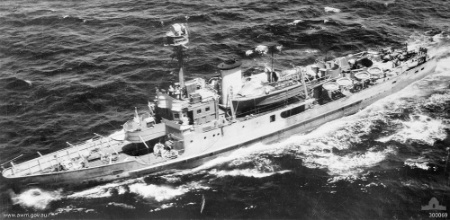
The minesweeper’s only chance of survival in the now-Japanese-dominated area was to escape, as rapidly as possible, to the safety of Australia. The problem, of course, was that there was no way the slow Crijnssen could outrun any Japanese naval vessel.
The only option was to somehow sneak past the Japanese without being spotted… and in order to do this the crew of the minesweeper came up with one of those plans that are so crazy that they just might work: disguising the ship as an island.
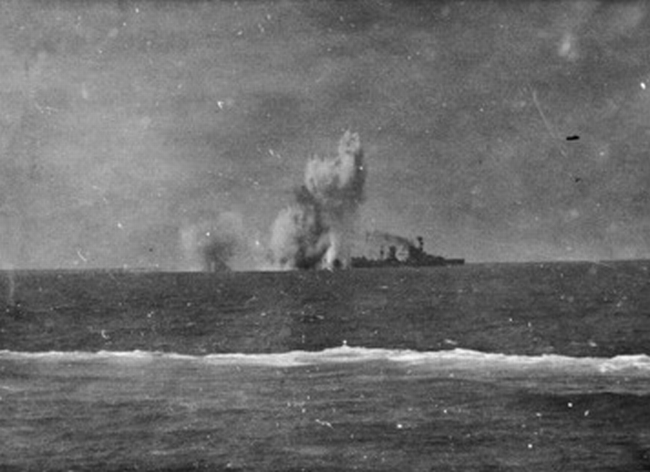
Taking a few factors into consideration, the plan wasn’t really as insane as first impressions make it out to be. The Java Sea around Malaysia and Indonesia is dotted with well over 18,000 islands, from huge ones like Borneo to tiny ones with barely more than a handful of trees on them. And while Crijnssen wasn’t a large ship, the minesweeper was large enough to possibly be passed off as a tiny island.
To achieve the seemingly impossible feat of turning a ship into a geographical feature, the 45 members of the crew stopped off on the nearest island and immediately began cutting down as much vegetation as they could. The main threat of being spotted was from the air, and to effectively camouflage themselves they needed to cover the entire surface area of the ship with foliage.
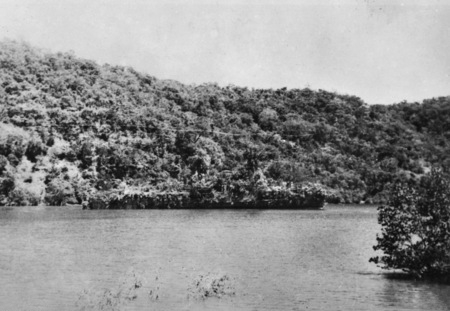
With much effort they managed to do this, totally covering Crijnssen’s deck with vegetation, and arranging it in as convincing a manner as they could to imitate jungle canopy. Any metal that was exposed was painted in hues of gray to imitate rock formations. Once the feverish work had been completed, Crijnssen actually did resemble an island quite convincingly – from a distance, anyway.
Of course, one major difference between ships and islands is that one moves and the other doesn’t. Therefore, to maintain the illusion that HNLMS Abraham Crijnssen was in fact a little tropical island, the ship anchored close to the shores of actual islands during daylight hours and remained completely stationary.
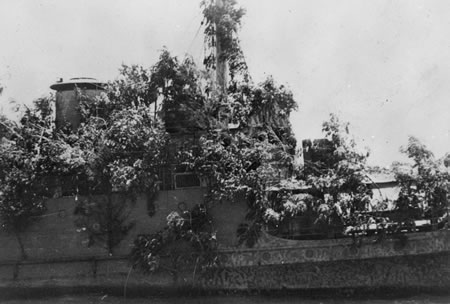
As soon as darkness fell, however, Crijnssen would set off, agonizingly inching her way toward Australia and out of the hostile zone of the Java Sea. After a journey of eight difficult days, Crijnssen finally made it to the safety of Australian waters.
Somehow, against all odds, the crazy plan of turning the minesweeper into a tropical island had actually worked, and the Imperial Japanese Navy had been none the wiser to the fact that an Allied ship had slipped through their clutches.
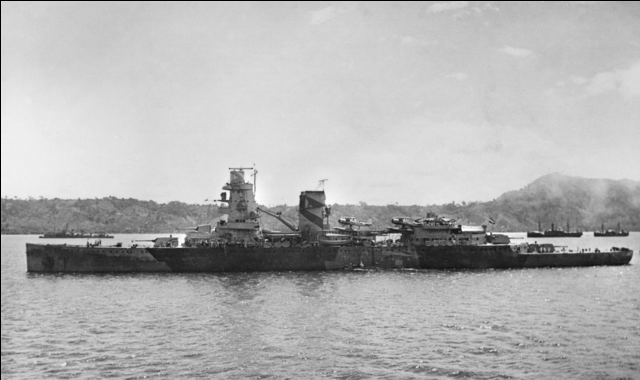
In doing so, Crijnssen thus became the only Dutch vessel of her class to escape the Java Sea, and was the last Allied naval vessel to escape the area, which then came fully under Japanese control.
Crijnssen’s story didn’t stop there, though; once she reached the safety of Australia, she was commissioned into the Royal Australian Navy. In the RAN, Crijnssen was reoutfitted and then reclassified as an anti-submarine convoy escort.
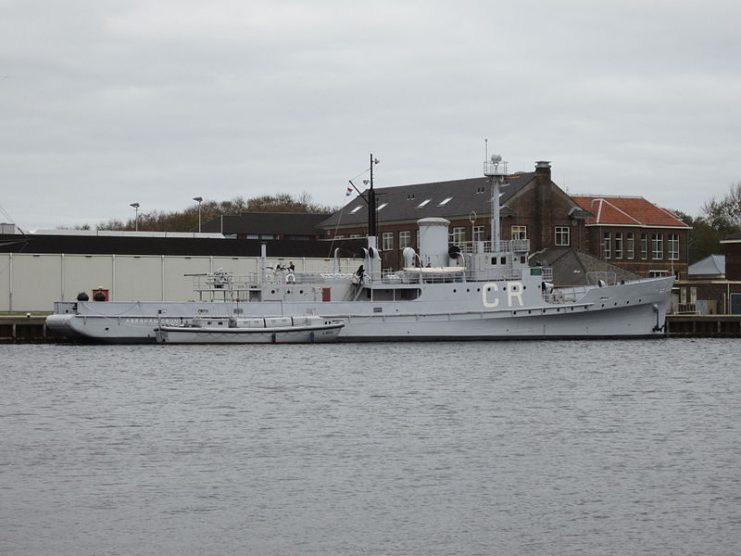
After the war Crijnssen was recommissioned to the Royal Netherlands Navy and used to patrol the Netherlands East Indies, until returning to Europe and being decommissioned from the RNN in 1960. HNLMS Abraham Crijnssen remains the only ship to have evaded the enemy by being disguised as an island during WWII.
